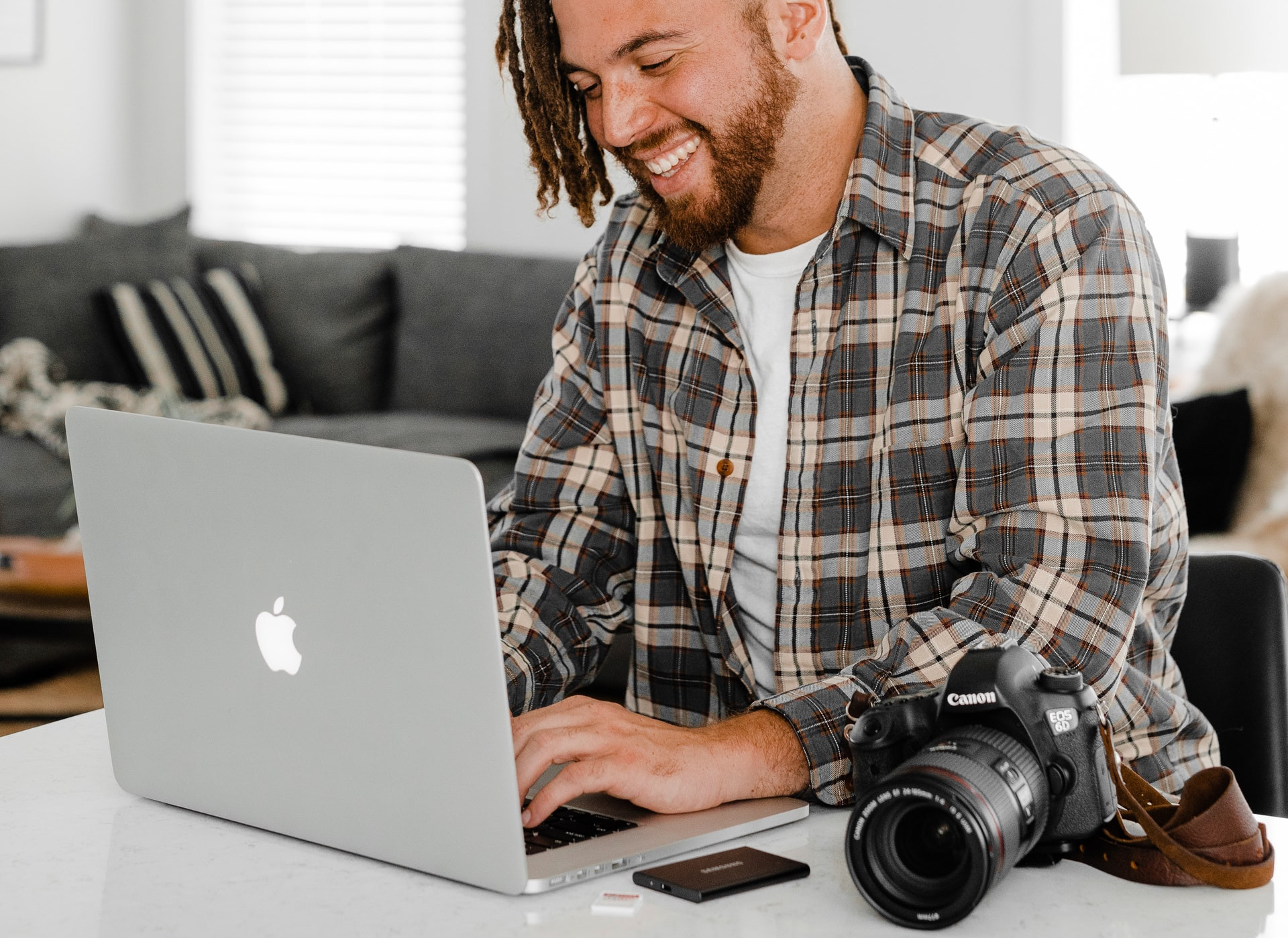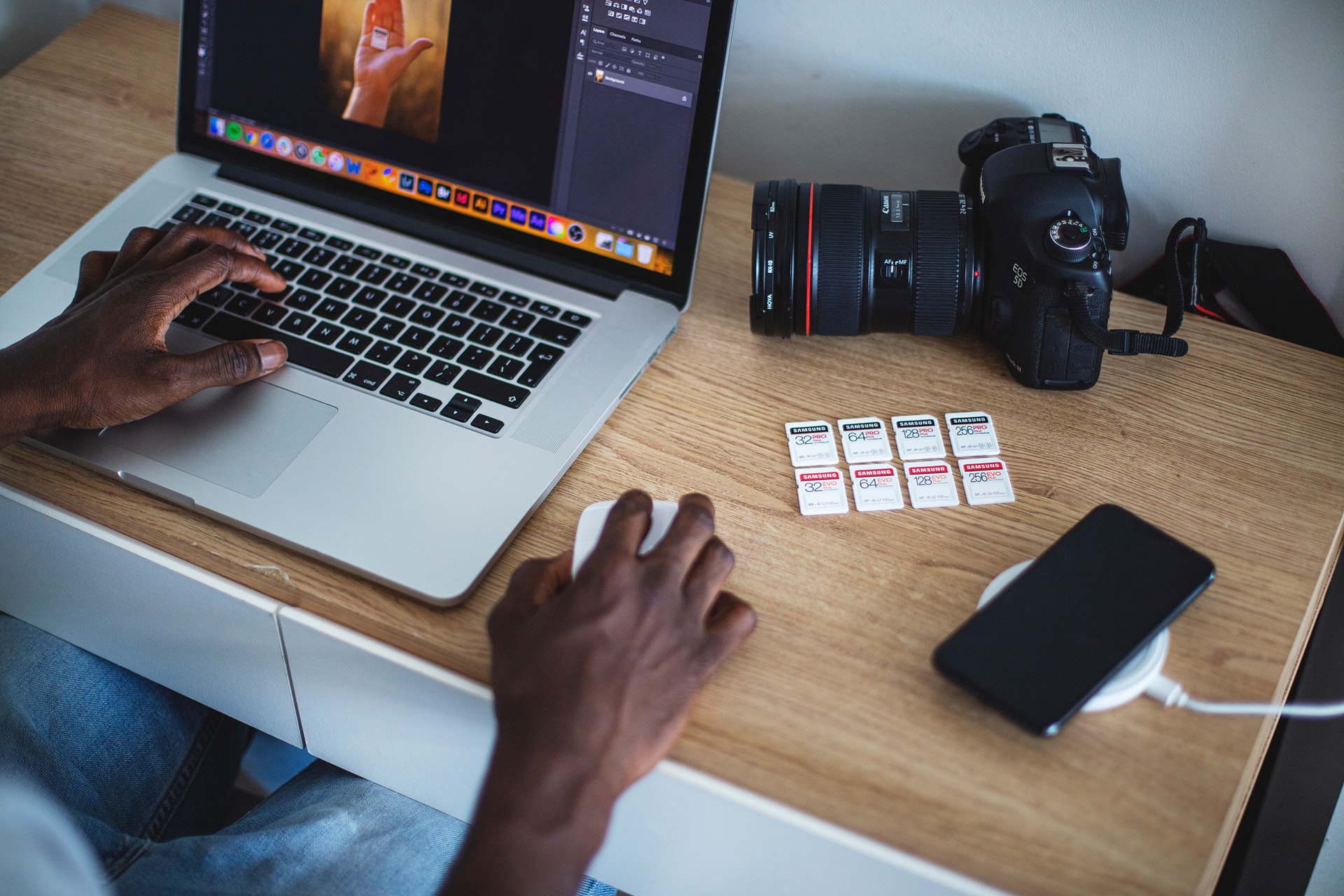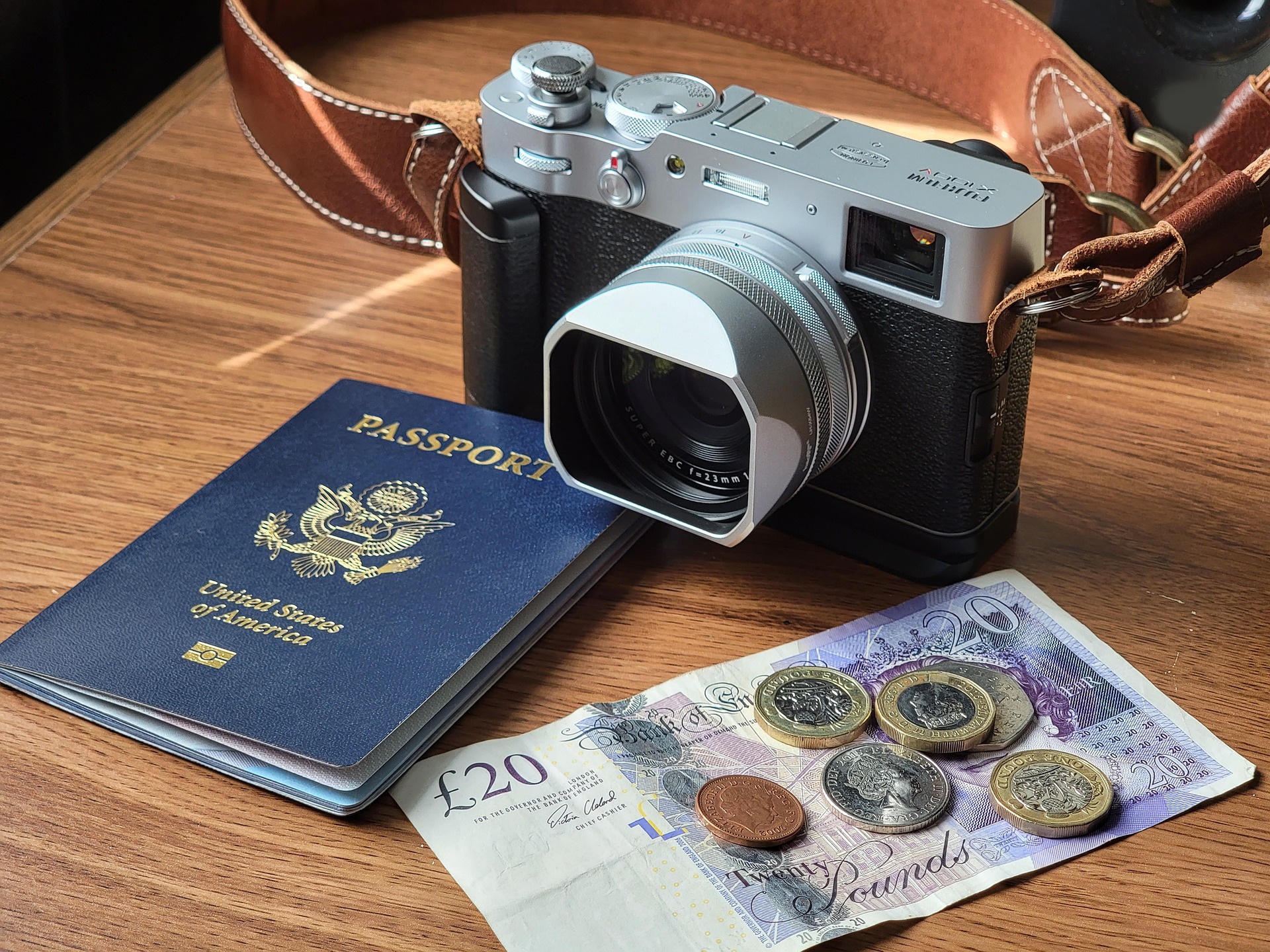So You Want a Successful Photography Blog?
This entry was posted on August 13, 2021.

A successful photography blog can be the ultimate dream come true. With enough readers and a few strategically positioned ads, you could be looking at a 24/7 money-maker in no time.
Seriously - what could be better than something that literally makes you money while you sleep?
But as is the case with all such ventures, there’s a catch or two to consider. The most important of which is that it’s a ridiculously competitive space, with little room left at the inn.
Hundreds of millions of blog posts are published online each month, competing for the same limited readership numbers worldwide. Standing out from the crowd and making your voice heard above the noise isn’t easy. But as a photographer, you already have a major advantage over many other types of bloggers.
Visual web content is exponentially more popular, powerful and influential than any other type of content. As visual content is what you do best, you’re already halfway there.
What to Consider Before Starting Your Photography Blog
Of course, there’s a big difference between sharing your talents with the world and turning your passion into a pay day. Blogging is a fantastic way of making money from photography, but it needs to be approached strategically.
Specifically, there are several important considerations you should be mindful of, before getting started:
1. What’s your motivation for blogging?
One of the most common motivators behind most blogging activities is also the most obvious - money. Establishing your own creative platform, sure, but dreams of a little financial freedom or boost are often behind the wheel. Fair enough, but you need to have more in mind than turning a profit alone.
For your blog to succeed, it needs to offer something of genuine value to a clearly defined audience.
Consider what it is about your passion and your work that’s likely to appeal to people most. Think about what it is that inspires you to take photographs in the first place and build on it. Is your goal to motivate people, entertain them or simply show them something they’ve never seen before?

2. Who exactly are you are targeting?
A crucial first step in any venture is to consider who your target audience is. You need to think carefully about the exact type of person you are looking to appeal to with your blog.
Ask questions like:
- Who are they?
- Where do they live?
- What do they enjoy?
- What kind of photos catch their eye?
There are no limits for how deep you should dig when figuring out your target audience; the idea is to create a tangible persona. One you can easily hark back to and answer if they would be engaged by what you’re posting or not.
You need to be able to get a clear picture in your head of your target audience and the type of person they are.
This is vital in determining whether your blog succeeds. After all, different people expect entirely different things from the content they interact with online.
You could be looking to launch a fashion photography blog that primarily targets female audiences aged 18 to 25. You could specialise in food photography with professional chefs in mind, or publish wildlife photography shots with a 40+ demographic as your primary audience.
But if you don’t take it further and explore what really makes your audience tick, you’ll be selling yourself short. Find out who they are, what they want, what they respond positively to and how to give it to them.
3. Do you have the equipment you need?
There’s no room for second-rate images on what’s supposed to be an elite photography blog. This, therefore, means that you need to think carefully about your current setup and whether your gear is up to scratch.
On one hand, you can technically get away with a decent smartphone camera and a basic editing suite. But if you’re serious about being taken seriously, you need a decent rig.
A good photo editing software suite is also essential, but you should avoid the temptation to overedit your images.
Of course, this all assumes that an elite photography blog is your aim. If, on the other hand, you’re looking to document your journey from novice to pro, you’re playing in a different landscape. In fact, with this type of documentative blog, part of the appeal is watching how those photos develop.
Assess where you’re at skill-wise, what your blog goals are, and take it from there.

4. Have you considered the blog setup process?
World-class photography skills and a top-notch DSLR are all well and good, but you also need to consider the technicalities of setting up a blog.
Launching a basic WordPress blog is easy and takes mere minutes to complete. With all the platform’s plugins galore though, it’s easy to let complexity lure you in. So, here’s a quick tip…
Resist the urge for ostentatious presentation.
Simplicity should be your priority. Adopting a ‘less is more’ approach will ensure your photos take the spotlight. Of course, your site still needs to be polished and professional in its look, feel and functionality.
Your blog also needs to work perfectly across all device types and operating systems, including mobile devices.
You’ll find no end of advice out there to help you along. Keep in mind, you don’t have to reinvent the wheel – look to already successful photography blogs for guidance and inspiration.
It’s also worth bearing in mind that any new blog or website will take a while to see floods of visitors coming in. Unless you’re already a social media superstar and can divert traffic from another source, patience is a virtue you’ll need.
5. Do you have a portfolio of images ready to share?
Launching a bare-bones blog with no content whatsoever is not going to get you far. Even if you plan on posting daily, it’s going to take some time before it appeals to your audience.
We therefore strongly advise you to already have a solid portfolio of images to publish before your blog goes live.
Make sure that from day one, there’s plenty on your blog to keep visitors engaged and interested. Publish an engaging bio, make sure there’s content of real value in there and showcase some of your very best work, right off the bat.

6. How do you intend to generate revenue?
Last up, you also need to consider carefully how exactly you intend to make money with your photography blog. There’s no shortage of avenues to explore, but it’s vital to have a defined business model in mind from the get-go.
A few of the usual blog money-making tactics include:
- Turning your blog/website into a store as well. This usually involves an e-commerce plug-in and lets you sell your photos (or anything else) to your readers directly.
- Using affiliate links. Many retailers have some form of affiliate program you can easily join. These are essentially your own personal link to a product; include them on your blog, readers click through & buy using your link, you get a percentage of the sale.
- This is often reserved for blogs with more traction. Ads don’t have to be tacky, you can choose what you're comfortable featuring. You’ll need to plan out what you intend to charge others per month to feature their ads on your site.
- Request donations. Ooh, we heard you cringe there. But seriously, you don’t get if you don’t ask. Whether people interact with your blog posts or not, we guarantee you this; people are reading and enjoying them. Ask and you might Don’t ask and you won’t.
Of course, these all focus on monetising your blog itself. If your end goal is landing more work as a freelance photographer, for example, you may consider dismissing these tips. We’d advise you don’t, though.
Multiple income streams are essential for any freelancer. Let your blog work for you, while you work at capturing those unforgettable moments.





